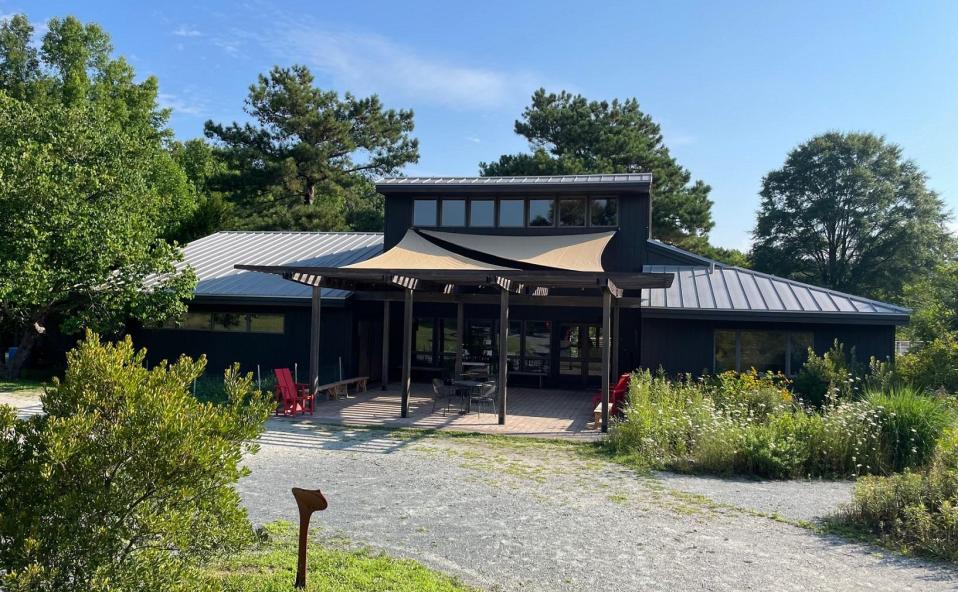
The answer to last week’s mystery is sweet birch, Betula lenta, pictured below.

Also known as black or cherry birch, this native species is present throughout much of eastern North America. It is found in moist ravines and cool forests with well drained, deep, rich soil – although, occasionally it can be found in rocky or shallow soils.
Birches frequently have catkins in winter. Unlike most other birches, mature Betula lenta can develop hard, scaly plates. Sweet birch is valued for its wood, which when exposed to air darkens to resemble mahogany.
The inner bark of sweet birch has a strong wintergreen scent, which led to its use in the production of oil of wintergreen. Interestingly, the wintergreen produced from sweet birch is identical to that produced by the wintergreen plant. At one time, sweet birch was the only source of oil of wintergreen, an essential oil known for its antibacterial, antifungal, antiviral, insecticidal, and antioxidant properties.
Mystery Monday is sponsored by the Spy Newspapers and Adkins Arboretum. for more about Adkins Arboretum, please go here.



Joyce stambaugh says
This is a branch of Hemlock.